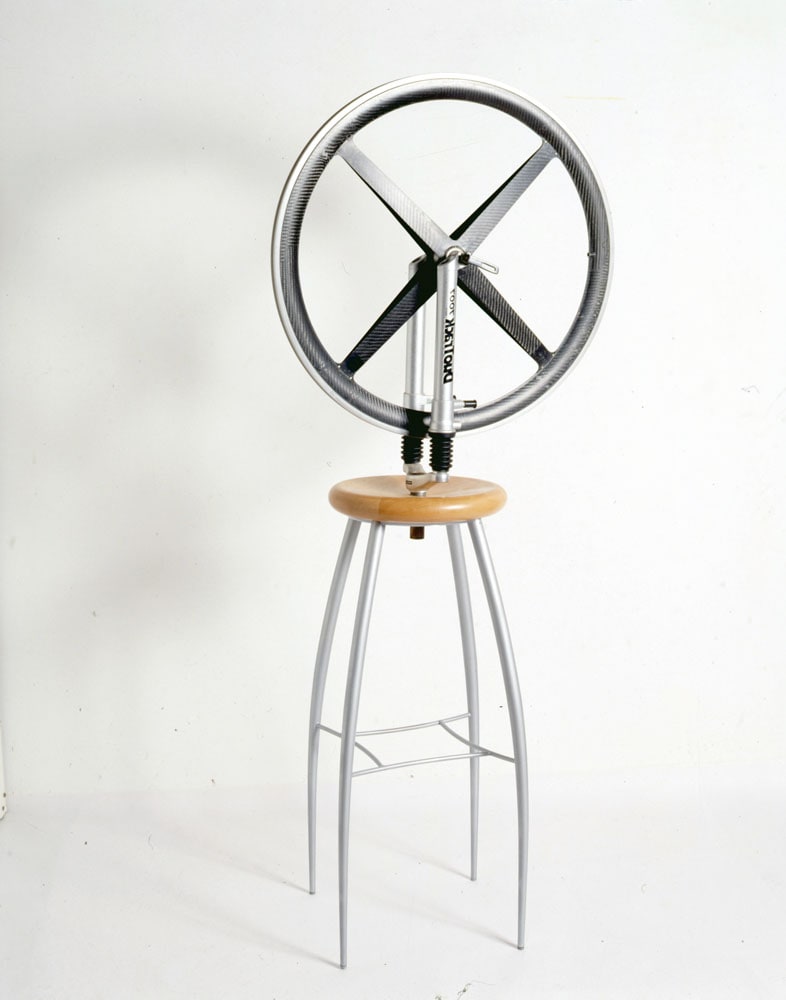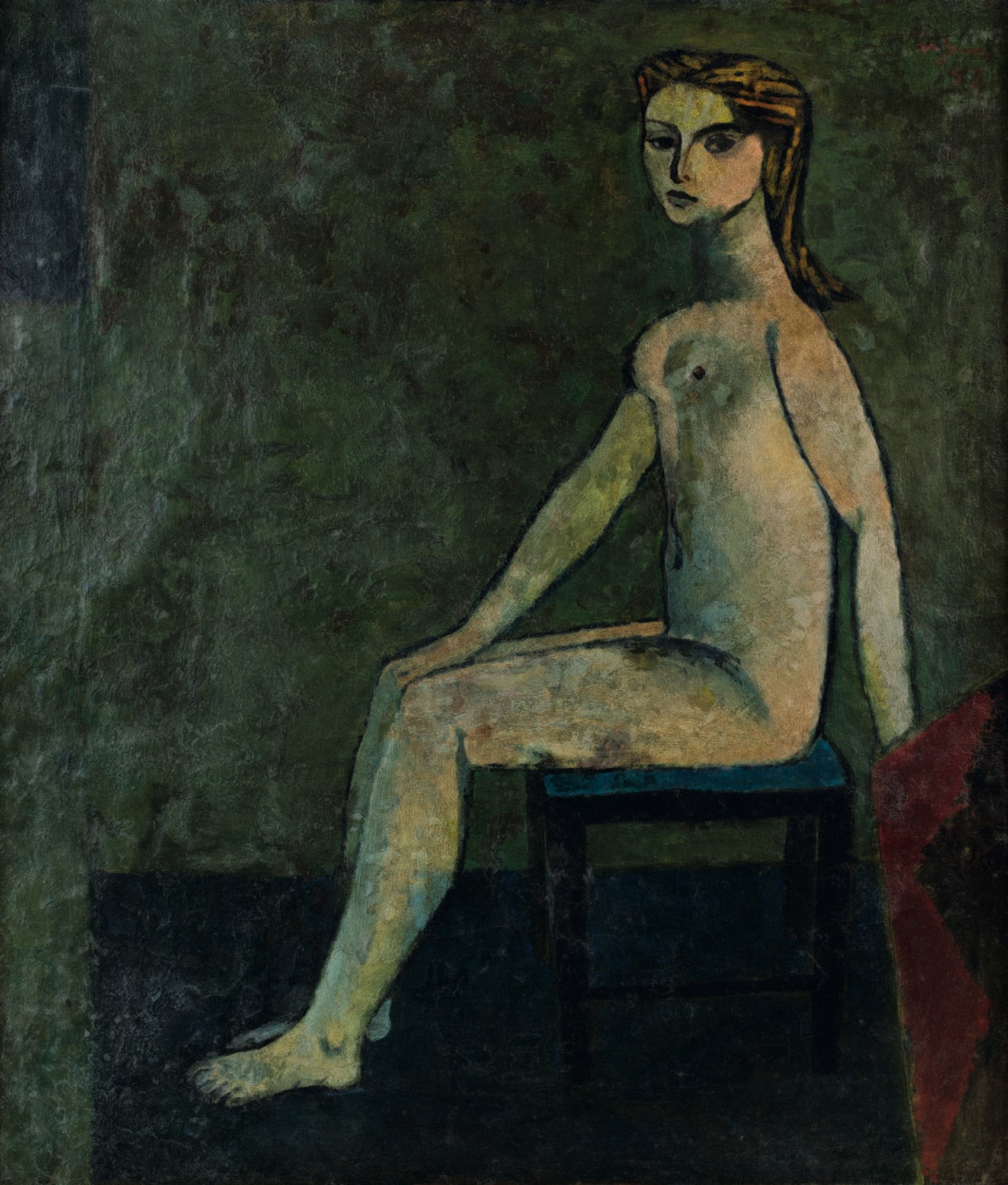Director: Ali Hamroyev
USSR, Uzbekistan, 1985, 92’, color
Cast: Vyacheslav Bogachyov, Zinaida Sharko, Liliya Gritsenko, Gulya Tashbayeva, Davlyat Khamraev
No dialogue
Ali Hamroyev has made but one theatrical feature in the last two decades: 1998’s decidedly offbeat Bo Ba Bu, a controversial cross-cultural sexual parable for which he lured French actress Arielle Dombasle to Uzbekistan. Dombasle (who is married to French philosopher Bernard-Henri Lévy) plays a blonde European woman who appears out of nowhere in the Central Asian desert. She is taken into captivity by two shepherds, Bo and Bu, who name her Ba and treat her as property and sexual object. The fact that Hamroyev’s drama is both trading in primal archetypes (the eternal triangle, male rivalry and sexual jealousy, women as commodities of exchange) and completely without dialogue (the characters communicate with grunts and gestures) suggests the allegorical nature of the exercise; to less sympathetic critics, the film treads into the territory of soft-core exploitation.

In 1998 Ben Jakober and Yannick Vu collaborated on an obvious remake of Marcel Duchamp’s Roue de Bicyclette, his first “readymade” object. Duchamp combined a bicycle wheel, a fork and a stool to create a machine which served no purpose, subverting accepted norms of art.

A series of small and rather similar nudes Bedri Rahmi Eyüboğlu and Eren Eyüboğlu produced in the early 1930s almost resemble a ‘visual conversation’ that focus on a pictorial search. It is also possible to find the visual reflections of this earlier search in the synthesis Bedri Rahmi Eyüboğlu reached with his stylistic abstractions in the 1950s.
Tuesday - Saturday 10:00 - 19:00
Friday 10:00 - 22:00
Sunday 12:00 - 18:00
The museum is closed on Mondays.
On Wednesdays, the students can
visit the museum free of admission.
Full ticket: 300 TL
Discounted: 150 TL
Groups: 200 TL (minimum 10 people)